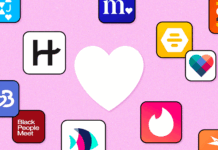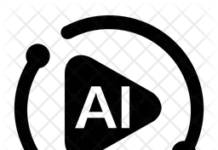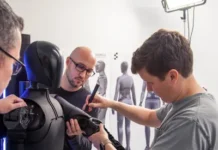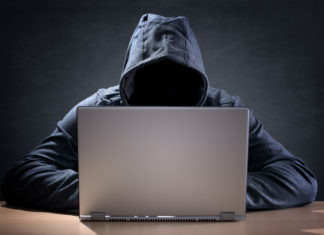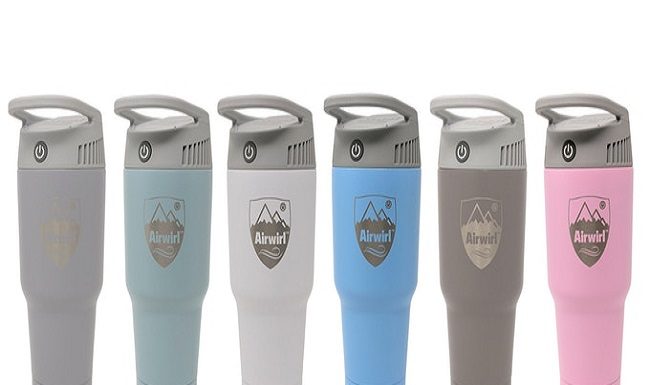Recently, AI programs have gone on rampage, from Trump’s arrest, imprisoned and singing on stage to pope Francis in a coat. Who knows what’s next?
Deep fake images and videos have constantly fooled the internet. For the most part, the software which creates images based on textual description have now been used for malicious purposes and creating misleading content.
Deep fakes of this magnitude was said to be only possible in the past due to Hollywood studio’s VXF and CGI work but today, many people have the power of a Hollywood studio in the palm of their hands via software tools like OpenAI’s Dall, E 2 and Stable Diffusion.
Images generated by AI programs like Midjourney, DALL.E2, and Stable Diffusion are on the rise. AI has come to stay. Also, the consequences of deepfake images will range from fake news about politicians to nonconsensual pornographic images. And this poses a deep concern for the public.
Meanwhile, China’s Internet Regulator Banned Deepfake Video And Audio Content in Jan 1, 2020
However, according to AI experts, Henry Ajder and others who have offered four tips to help distinguish AI-generated images from the real thing.
- Look out for plasticky appearances: one way to detect an image or video was produced from a Midjourney tool is “plasticky” as the platform was developed with artists in mind. Note;this is no complete test and it’s peculiar to the Midjourney platform alone. The same test may not work on other AI platforms.
2. Look out for aesthetics inconsistencies :
According to Henry Ajder, he pointed out that AI programs generally struggle with “semantic consistencies,” such as lighting, shapes, and subtlety.
Some examples include checking whether the lighting on a person in an image is in the right place; whether someone’s head is slightly too big; or even over-exaggerated eyebrows and bone structure.
Other inconsistencies include smiling with lower sets of teeth in an image because usually “people smile with their top teeth, not their bottom.”
Note: Not every single image will have these signs, but they’re useful pointers.
3. Try to do a search on the image: I for one just don’t swallow up every information I come across on the internet. I try to query the source to know how credible the information is.
Truth is, a credible source can only produce credible content. In that context, it’s about going to the organizations that have known capacity, for fact-checking and verification.”
You can ask questions like: “Who’s shared it? Where has it been shared? Can you cross-reference it to a more established source with known fact-checking capabilities?”
4. Try a reverse image search: If all else fails, Ajder suggested using a reverse image search tool to find the context of an image.
“If I did a reverse image search on the Trump getting arrested images, it might take me to all of the news websites where it’s been shared in articles. So it’s essentially a way to sort of trace back [the image] or like a mind map coming off that image.” Ajder recommended Google Lens or Yandex’s visual search function for reverse image search capabilities.
image credit: India today
source: Business Insider Africa
